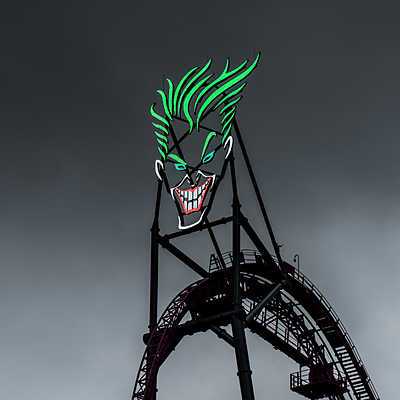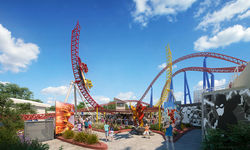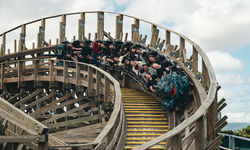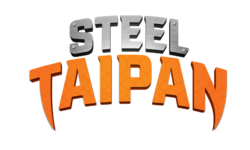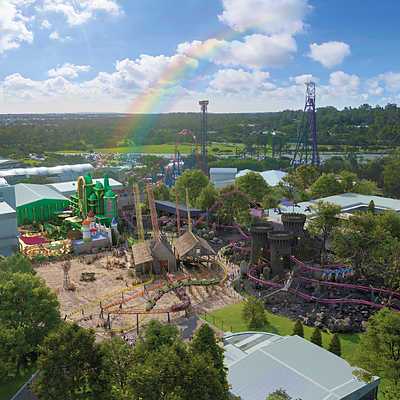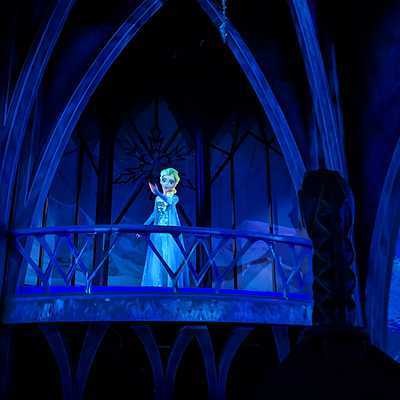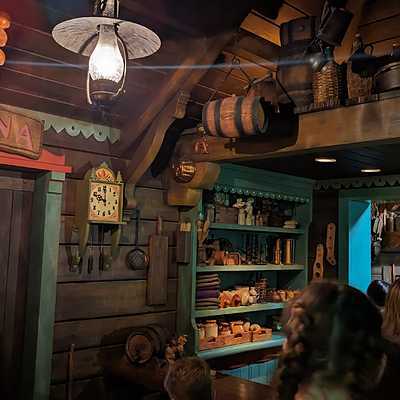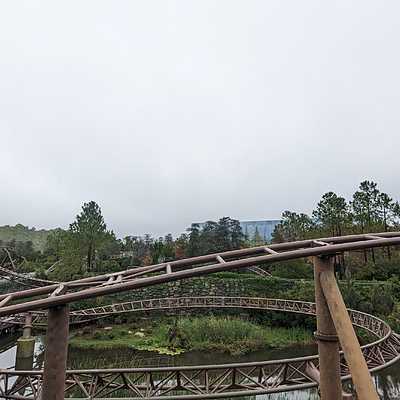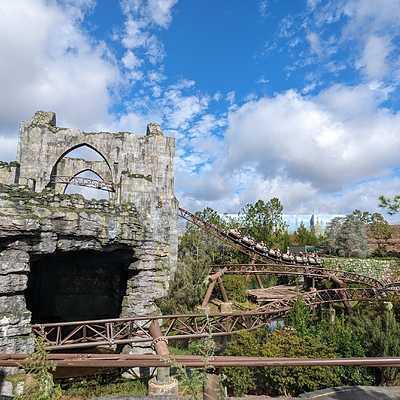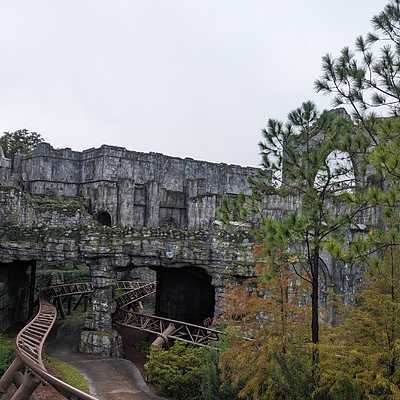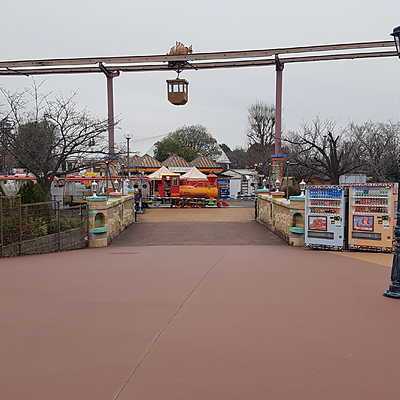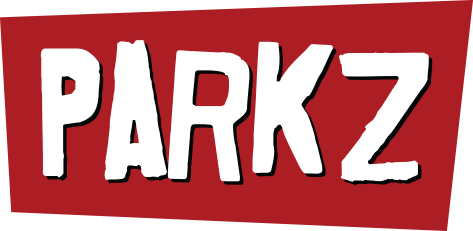Trim brakes installed on DC Rivals HyperCoaster as testing continues
As opening day nears, fans may have been dismayed to see brakes installed along the course of the record breaking roller coaster, but really trim brakes are only about ensuring that the ride operates as intended.
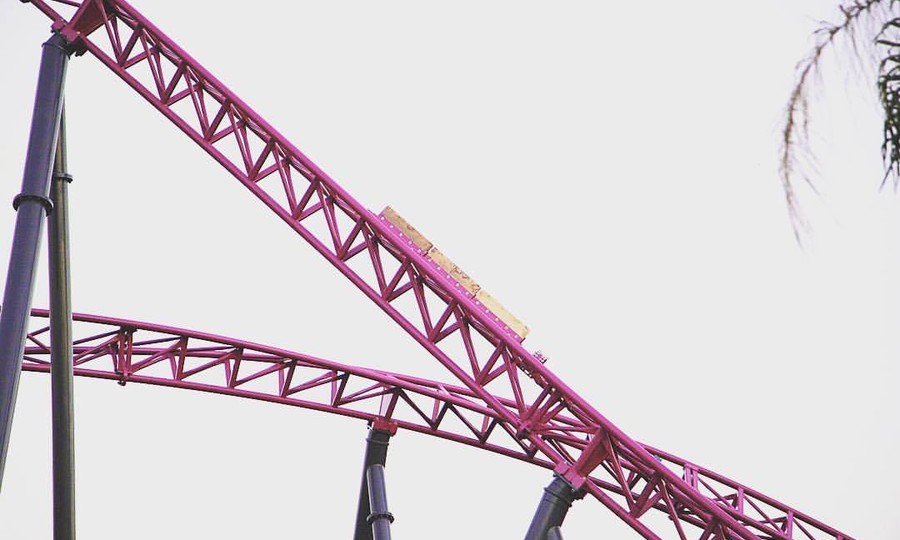
Trim brakes are something of a bugbear amongst theme park enthusiasts. These small devices installed selectively on roller coasters to limit speed earned a reputation throughout the 1990s and 2000s because of an apparent over-reliance on them at parks overseas.
Many saw it as overzealous park operators trying to reduce maintenance costs, an idea bolstered by the harsher friction brivarakes that were the norm at the time. Particularly as trims were added to older rides, they became infamous amongst enthusiasts as a literal dampener of the free-flowing thrill rides that people came to enjoy.
In actual fact the truth is probably somewhere in the middle; for the simple reason that if there's too much braking a roller coaster won't be able to complete its course. The most aggressive trim brakes at even the most money-hungry Six Flags theme park were likely about consistency and predictability of the ride experience, rather than saving a few bucks on wheels.
Modern day trim brakes like those we have seen appear on Rivals this week are smooth, silent magnetic brakes that were built into the design of the ride from the very start. They offer a braking force that is proportional to the speed, so the end result is consistency of ride speed from cycle to cycle.
I'll call it right now: these trim brakes won't have any discernible effect on the ride experience; they're there to ensure that the ride experience matches what was designed.
And there's lots of reasons why this isn't something to get worried about:
Rivals was designed to feature trim brakes
Two sections of track were built with mounts for trim brakes – on the first camel back hill and the on the Stengel dive – so it was always a strong likelihood that Rivals – like Mack's only other hypercoaster, Flash at China's Lewa Adventure – would feature trim brakes.
Brakes have been installed only on the second of these two sections thus far.
Roller coasters can only be slowed
With the exception of launched roller coasters (like nearby Superman Escape), roller coasters use gravity for speed. And if there's not enough speed, you can't exactly tack on a few extra metres. So naturally on a ride of this magnitude, designers err on the side of caution to ensure the ride can reliably complete the course in all manner of conditions.
For all the mind-boggling engineering and fabrication that goes into modern roller coasters, simulations and calculations can only get you so far. Indeed if there was absolute certainty about the real-world dynamics of roller coasters then no manufacturer would need to design rides with trim brakes in mind.
We've already seen the ride fly through the course during testing, and these mild winter days are nothing compared to the 30-40 degree weather this roller coaster will operate in for much of the year.
Roller coasters get faster with heat, and fixed magnetic fins like we see on Rivals brake proportional to speed. Their installation is about ensuring a consistent ride, not a dampened one.
Rivals is still being tested by Mack Rides
The decision to install these fins likely came from Mack engineers while they are still on-site comissioning the ride prior to its official handover to Movie World.
Mack's job is to deliver the best possible ride they can for their customer. Their main concern is not reducing wear and tear. In fact as the supplier of wheels, bearings and other consumables for the life of the coaster it's very much in their financial interest to design and deliver a ride that wears parts out. So it's a reasonable assumption that the installation of these trim brakes has everything to do with the ride experience and little to do with maintenance.
Their deliberate installation on anuphill sections of track means they have been placed to fit in with the gravitational slowing of the trains, ensuring any actual feeling of braking is kept to a minimum and consistent with the natural sensations of the ride.
Movie World has never been about limiting thrills
Indeed if this were a concern before, Superman Escape's camel backs with insane ejector airtime would have long ago been the victim of trim brakes.
The trim brakes found on Scooby-Doo Spooky Coaster: Next Generation tame the wild, uncomfortable lateral g-forces and Green Lantern Coaster's outward banked turn would be oddly forceful without a bit of braking. But there's really no example of our theme parks using trim brakes just for the sake of it.
Trim brakes aren't a sign of Movie World limiting Australia's best thrill ride before it opens: they are an indication that they want to get it right.
DC Rivals HyperCoaster is set to officially open at Warner Bros. Movie World in October.
Featured in this article
Recent articles
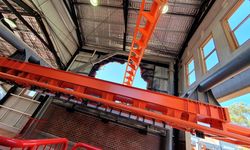
Now trending

